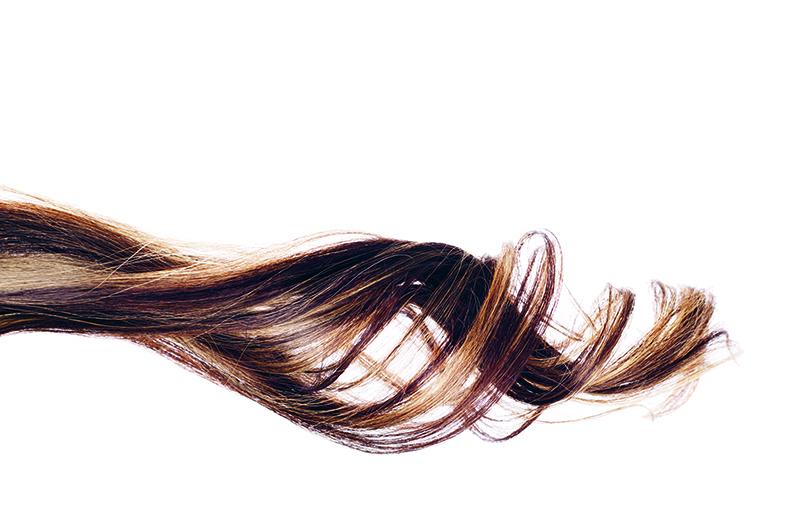Hair tangle tamed
Oliver Tidman sorts out a simple summary. O/097/19, CURL BY CURL (Invalidity), UK IPO, 19th February 2019.

O/097/19, CURL BY CURL (Invalidity), UK IPO, 19th February 2019
Key points
- The action failed on the grounds that the Applicant provided insufficient evidence of use prior to the relevant date
- The fact that a relationship existed prior to the Trade Mark being filed is insufficient to establish bad faith
On 30th November 2016, Matthew James Hair Ltd (the Proprietor) applied for UK trade mark No 3199720 in classes 3 and 44 (the Trade Mark). The Trade Mark was registered on 24th February 2017. Ms Lorraine Massey (the Applicant), a professional hair stylist for more than 30 years, filed an invalidation action against this registration under s47 of the Trade Marks Act 1994 based on s3(6) grounds.
Prior knowledge
The Applicant claimed that the Proprietor was aware of the Applicant’s intention to set up business in the UK as she had discussed her plans with Matthew Surplice (a director of the Proprietor). It was argued that the existence of this relationship prior to the Trade Mark being filed demonstrated bad faith and a dishonest intention on the part of the Proprietor to register the Trade Mark in its own name.
The Applicant filed evidence of use by way of a witness statement stating she had developed her own method of cutting naturally curly hair in 1998 and evidence from 2015 and 2018 referring to two articles from Naturally Curly, a community website “dedicated to those with textured hair”. The clearest evidence to support the Applicant’s claim of any use of the Trade Mark prior to the relevant date was a number of Instagram posts from 2012 using the hashtag “#curlbycurl”.
However, this evidence was challenged by the Proprietor on the basis it appeared that these Instagram posts had been recently edited by the Applicant to increase the focus on the hashtag.
Insufficient evidence
Ultimately, the Applicant provided insufficient evidence to show that use of the Trade Mark in relation to goods and services connected with hair had been made before the relevant date. There was no reason for the Proprietor to believe that the Applicant had used the Trade Mark to denote the origin of the hair products or services or that she had a reputation or goodwill connected with the Trade Mark.
The Registrar rightly concluded that an existing relationship between Mr Surplice and the Applicant did not, on its own, amount to a finding of bad faith. The Applicant would need to establish unacceptable commercial behaviour on the part of the Proprietor. The withdrawal of a previous trade mark application by the Proprietor was due to an administrative error and did not indicate bad faith in this regard. Furthermore, registering the Trade Mark in the name of the company was considered by the Registrar to be entirely within the scope of acceptable commercial behaviour, and evidence that the Applicant had agreed to use of her various hair terms also supported the Proprietor’s good faith.
Oliver Tidman is Founder and Managing Director of Tidman Legal


